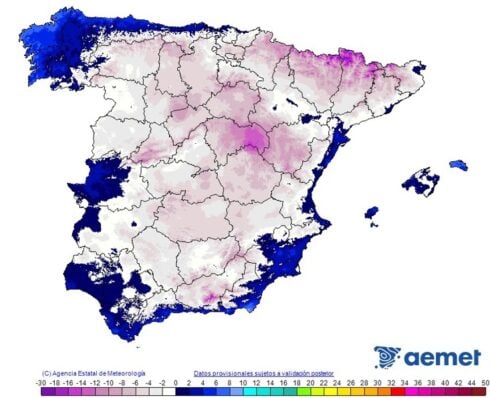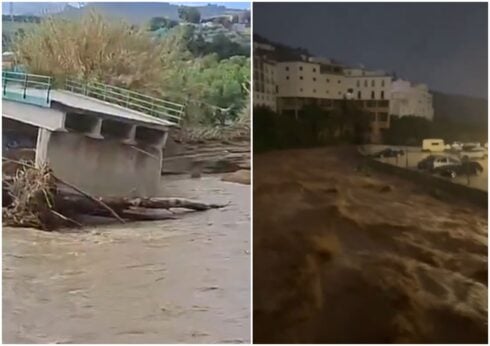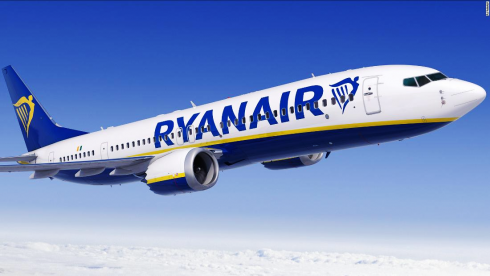PLANS to build the Costa del Sol’s train have taken another step forward after Spain’s transport ministry awarded €1 million to a consortium to assess the viability of the long-discussed project.
The €991,911 contract will examine the feasibility of extending the current Malaga-Fuengirola C1 line westwards to Marbella, Estepona and Algeciras, and eastwards to Nerja.
These popular tourist towns – and Algeciras – have long been cut off from the region’s only rail link.
The study will explore five sections: improvements to the existing line from Malaga to Fuengirola, a new westward route to Marbella, then to Estepona and Algeciras, and an eastern extension towards Nerja, bringing train access for the first time to the Costa del Sol Oriental.
READ MORE: Costa del Sol train could become a reality within 16 years – if everything goes well

Spain’s transport minister, Oscar Puente, hailed it as a ‘new route for the Costa del Sol train.’
“We have formalised the contract and begun the feasibility study for the line between Nerja and Algeciras. We are moving forward with our commitment to the future of this rail connection,” he said.
If built, the line would transform travel across one of Europe’s most densely populated coastal corridors, easing pressure on the congested A-7 motorway and providing tens of thousands of residents and tourists with a fast, sustainable alternative to the car.
READ MORE: Malaga politicos take demands for a Costa del Sol train to Brussels and bypass Madrid
Currently, the C1 commuter service runs for 31km between Málaga and Fuengirola, taking 46 minutes and stopping at 18 stations including Málaga Airport, Torremolinos and Benalmádena.
But it leaves out major towns like Marbella – Spain’s largest municipality without a railway station – and Estepona, both of which have seen rapid population growth and a surge in tourism in recent years.
Government projections suggest a full line from Nerja to Algeciras could handle up to 166,000 trips a day, or 60 million annually.
Even a partial extension to Estepona would serve an estimated 125,000 daily journeys, underlining the scale of demand in a region where public transport options are limited.
READ MORE: What’s behind the dramatic failures in Spain’s once-lauded train network?
Marbella, with over 165,000 residents, and Estepona, now home to more than 70,000, have long been lobbying for better connectivity.
Local mayors have repeatedly pressed Madrid to invest in rail infrastructure, arguing that the absence of a line is stifling sustainable development and pushing more cars onto already saturated roads.
The study will also examine whether to build a completely new corridor or upgrade the existing electrified double-track line.
Considerations include potential integration with Spain’s high-speed rail network, environmental impacts, and technical constraints such as tunnel and bridge requirements.
While no completion date for the study has been confirmed, similar reports typically take 12–18 months. However, the full rail project—if greenlit—would likely take well over a decade to build, with some estimates suggesting it could take up to 16 years from design to delivery due to the challenges of the heavily-built upon terrain.
READ MORE: Costa del Sol train update: Company officially selected to carry out viability study
The cost could run into the billions, depending on the engineering challenges and whether the project is delivered in phases.
But the potential benefits are clear: reduced emissions, easier access to Málaga Airport (Spain’s fourth busiest), improved regional cohesion, and a major economic boost for inland towns currently bypassed by mass transit.
For the expat community, the trainline would be a godsend.
Many currently rely on long car journeys or pricey transfers to reach Malaga Airport, while others face slow and unreliable bus services to get between towns.
A direct, frequent train service could dramatically cut travel times and reduce the need for car ownership.
The project is part of Spain’s Safe, Sustainable and Connected Mobility Strategy 2030 and is being championed by the Minister of Sustainable Transport, Álvaro Fernández Heredia.
He has framed it as key to Spain’s post-COVID economic recovery and green transition.
Whether the train becomes a reality will depend on the outcome of the study, particularly in terms of cost, technical feasibility and political will.
Click here to read more Costa Del Sol News from The Olive Press.








